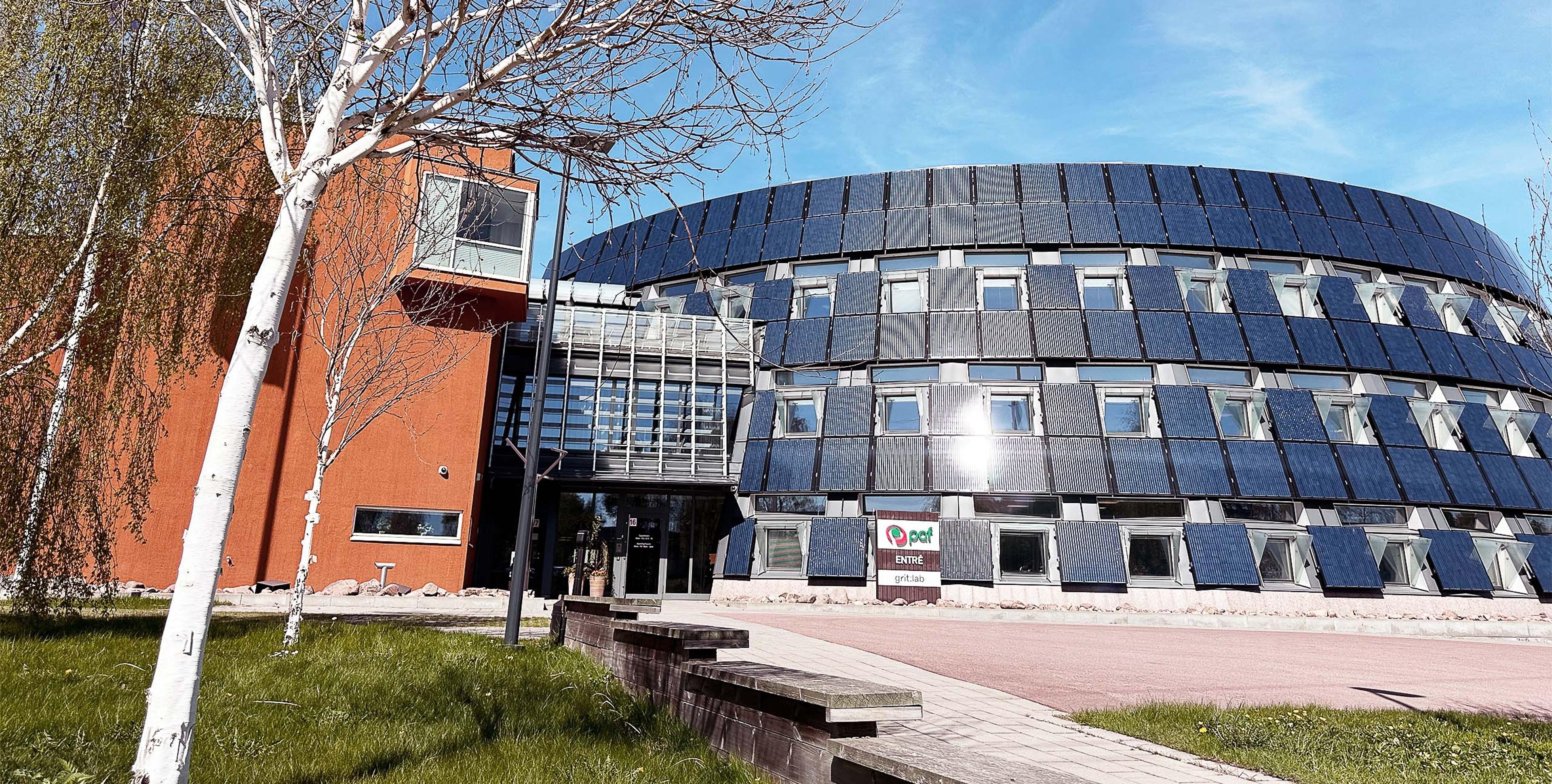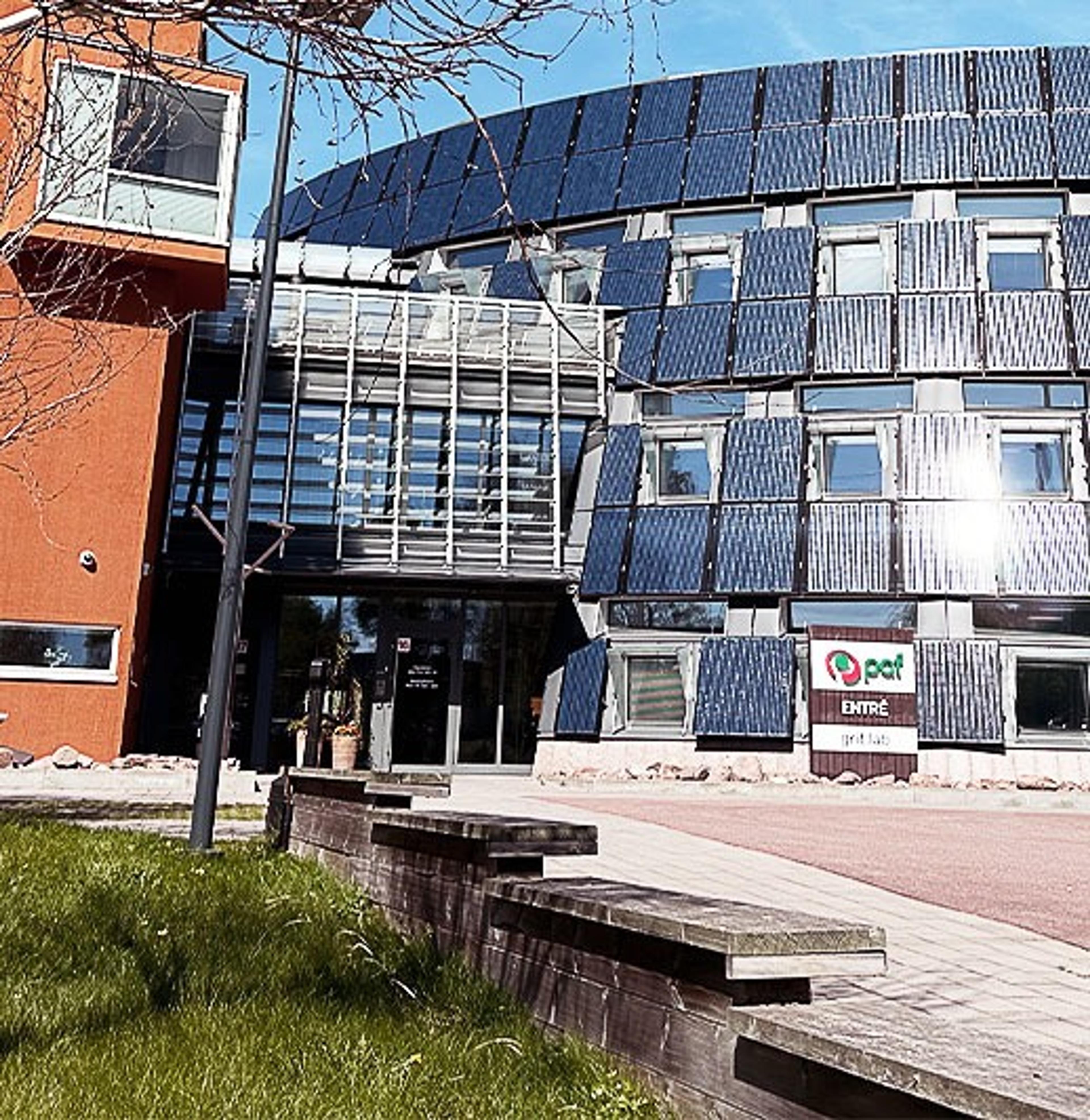Paf steps up environmental efforts with new extensive carbon accounting
For the first time, Paf has conducted an extensive analysis of its climate impact, with over 95% of carbon emissions included in the reporting. A comprehensive calculation is a critical first step towards achieving Net-Zero by 2040.
“With the new measurements, we will have a deeper understanding of the sources of our emissions. We know which activities and suppliers have the biggest impact on our emissions, and we have a plan for what actions to start with,” says Anna Ingman, Environmental Specialist at Paf.
Since 2016, Paf has been using the GHG Protocol, the leading method for measuring greenhouse gas emissions, to calculate its climate impact. Last year, we recalculated the 2019 base year using the same methodology and specifications as for 2023. This thorough calculation meets the Science Based Targets initiative (SBTi) requirement to include at least 95% of emissions in our reporting. The results for 2023 are directly comparable to those of the 2019 base year, an essential factor for tracking progress and identifying trends.
Paf’s climate impact in 2023
Paf’s entire operations had a total climate impact of 5,896 tCO₂e in 2023, which is a slight decrease from the 2019 base year that resulted in 5,919 tCO₂e.
The emissions intensity, i.e. the total amount of emissions in relation to Paf’s turnover, decreased from 51.83 tCO₂e/1M€ (2019) to 35.03 tCO₂e/1M€ (2023).
“We see this as a very positive development: as Paf has grown as a company, our climate impact has remained stable,” says Daniela Johansson, Deputy CEO & Chief Responsibility Officer at Paf.

98.7% are indirect emissions
As in previous years, the largest share of our greenhouse gas emissions comes from scope 3, representing 98.7% of our total emissions. Scope 3 emissions increased by approximately 1.5% compared to the base year 2019.
Within scope 3, most emissions come from the category purchased goods and services (3,827.05 tCO₂e), which is largely due to the technology and equipment purchased by Paf. Other major emission categories are capital goods (881.96 tCO₂e), which largely consists of purchased gaming machines and downstream leased assets (613.20 tCO₂e).
“A positive effect is that our travel habits have changed significantly. In 2023, we travelled 75% less compared to 2019, which corresponds to a reduction of 3 million kilometres,” says Anna Ingman.
Climate financing
Despite increased calculated emissions, Paf continues, as in previous years, to climate finance our entire estimated climate impact. For the 2023 carbon footprint, Paf is supporting a project building hydropower in Chancay Peru. The project was financed through the UN Carbon offset platform.
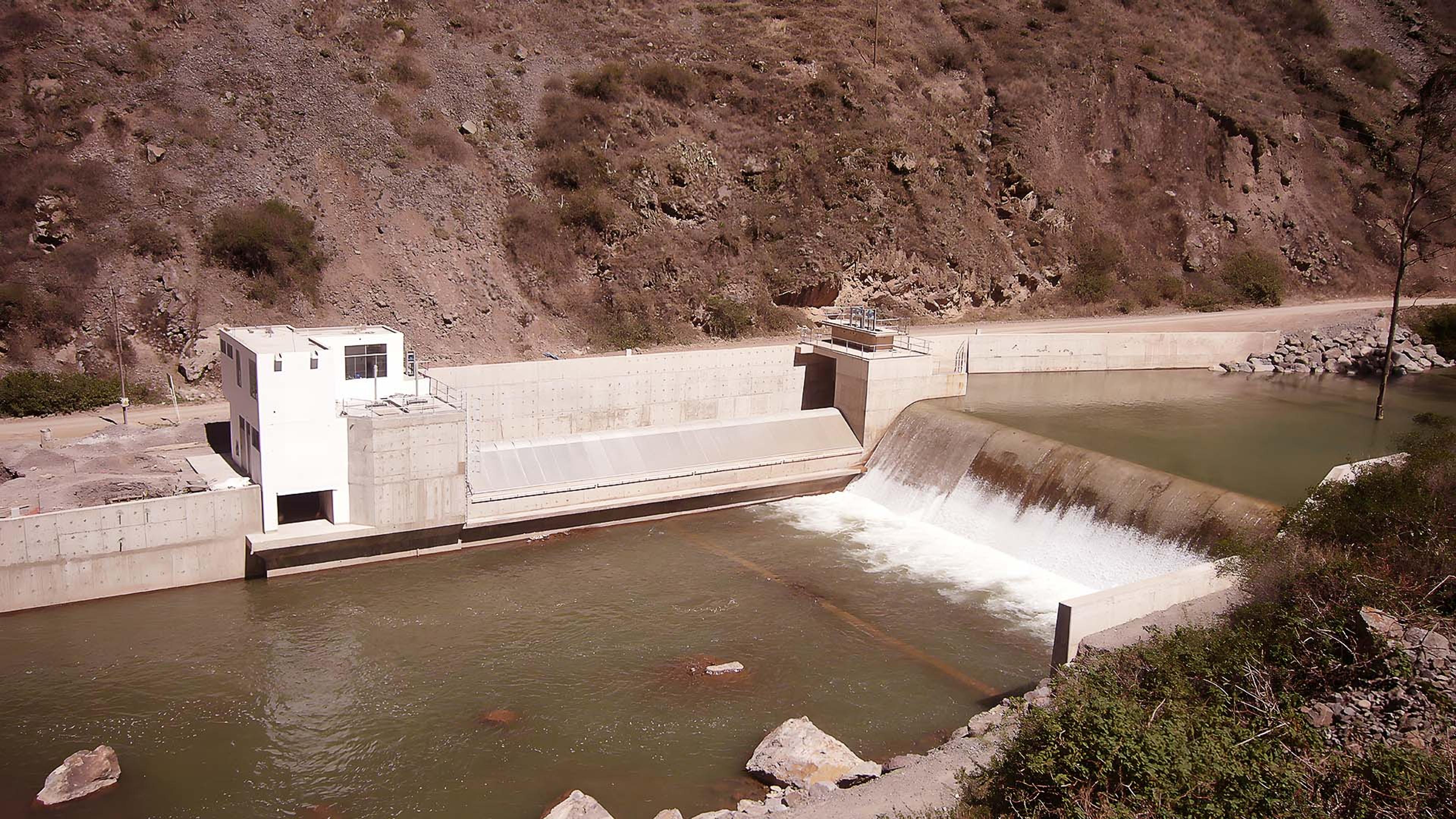
Read Paf’s Carbon Accounting Report 2023 here.
Published: 17 maj 2024
News with same tag

Paf Becomes Main Partner of the Finnish Ski Association
The Finnish Ski Association and Paf have signed a long-term partnership agreement extending through 2030. Paf will become the official main partner of the Finnish Ski Association when the new Finnish licensing system enters into force, provided that Paf is granted a licence.
Published: 11 september 2025
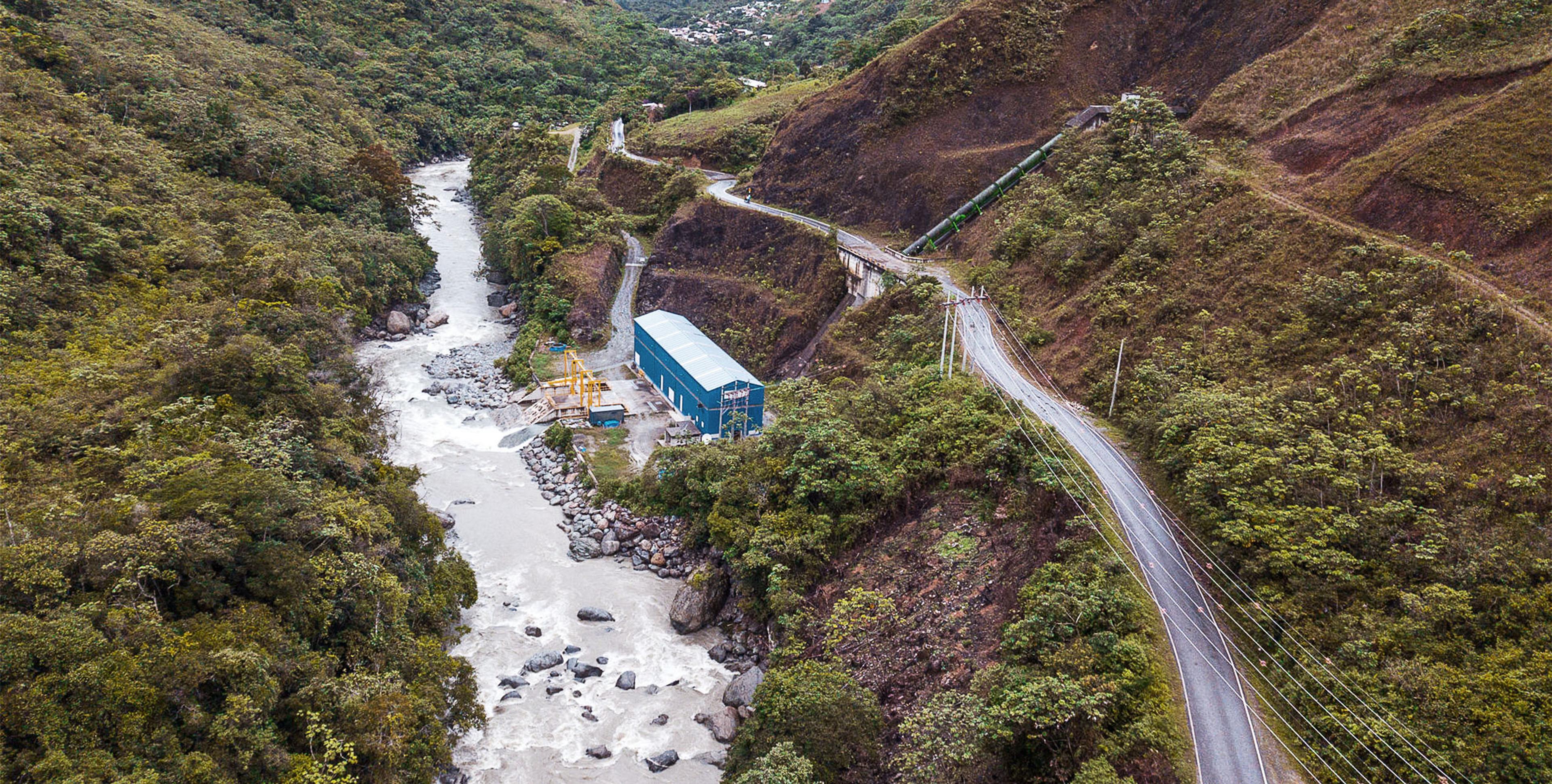
Climate Financing – a Key Part of Paf’s Environmental Efforts
Paf has engaged in climate financing every year since we began measuring our climate impact. Climate financing helps accelerate the transition to more environmentally friendly practices. This year’s contribution was directed to a project in South America.
Published: 12 juni 2025
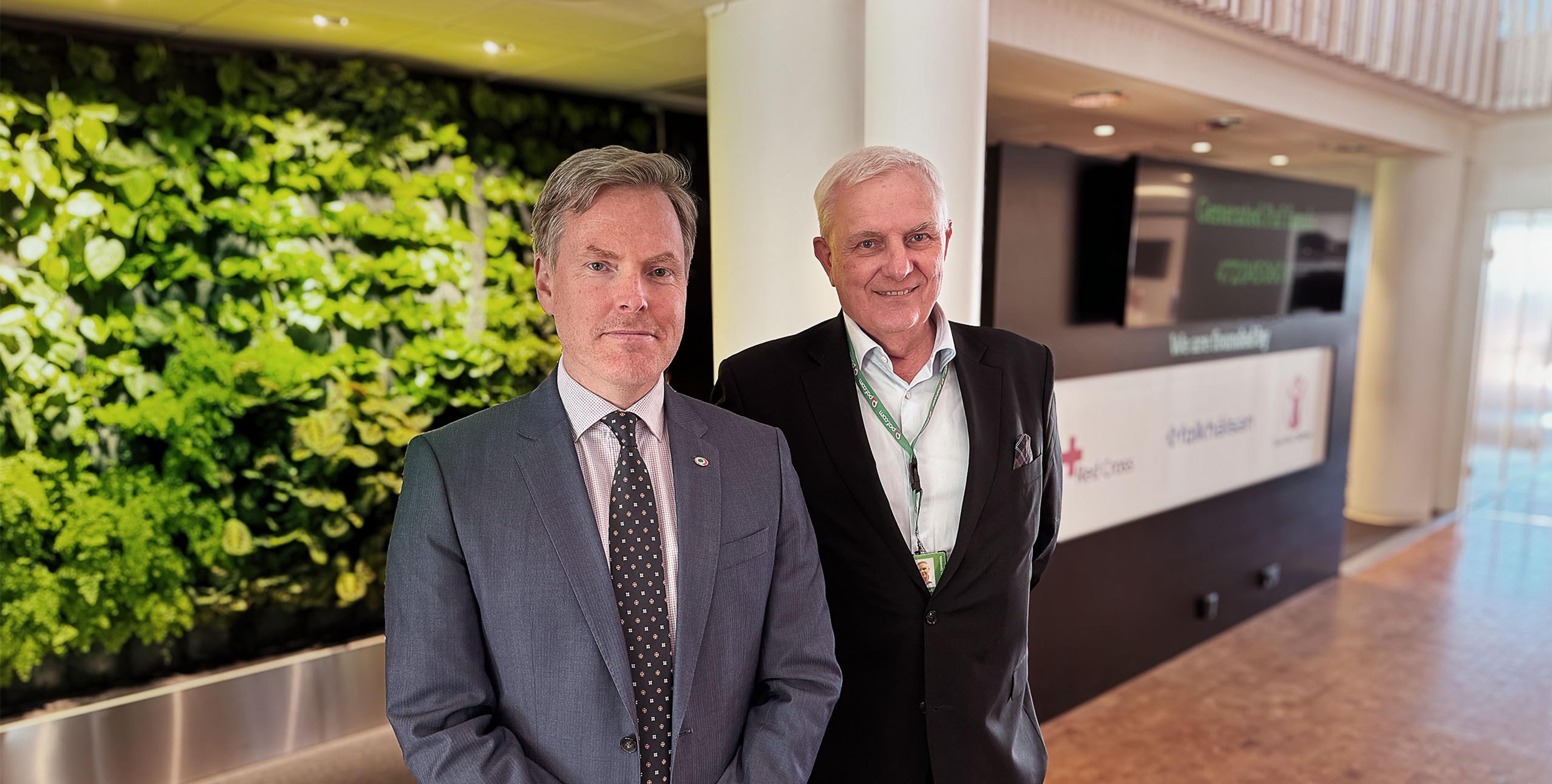
It was a strong year
Paf performed well in 2024, despite a slight decline in earnings. Paf's open customer segment demonstrates that it is possible to be a sustainable entertainment company with decisive loss limits to prevent excessive gambling.
Published: 20 maj 2025
